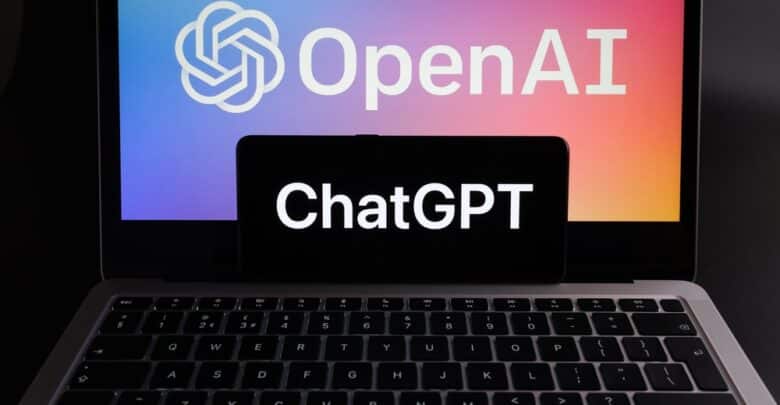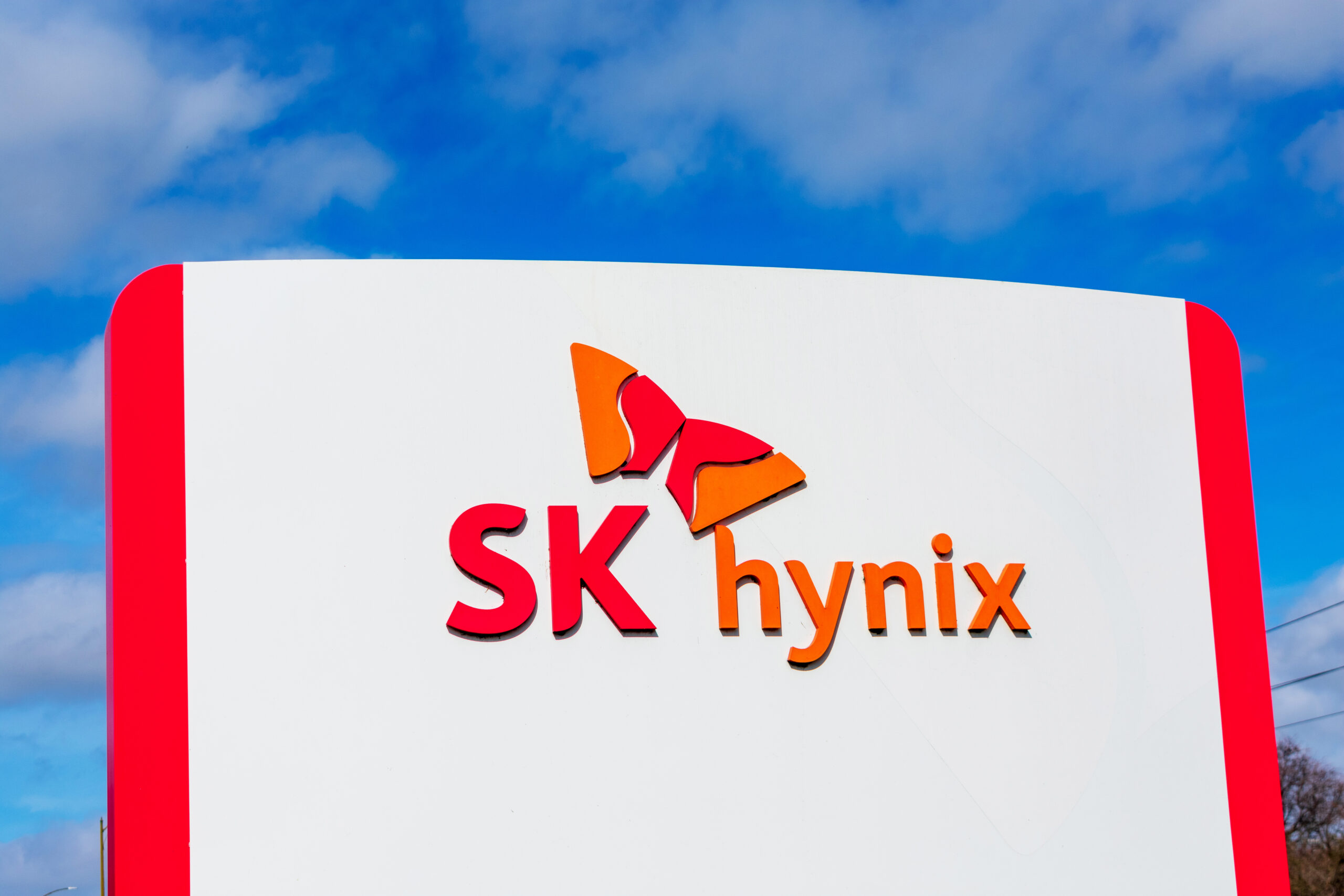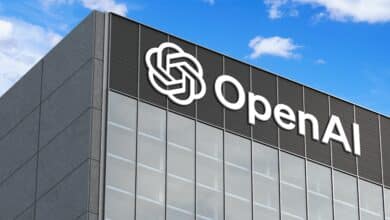Unveiling the Secrets of ChatGPT: Your Ultimate Guide to the AI Chatbot Revolution

If you’ve ever desired a technology that combines human-like understanding with the ability to automate, simplify, and expedite your tasks, then your search ends here with ChatGPT.
The integration of artificial intelligence (AI) into our everyday lives has reaffirmed our belief in the limitless potential of technology. Among the most talked-about and groundbreaking advancements in machine learning models is ChatGPT, an AI chatbot that is revolutionizing how we interact with technology.
ChatGPT, an intelligent chatbot that mimics human conversation, brings a new level of interactivity and efficiency to our digital existence. Its ability to comprehend natural language, generate personalized responses, and adapt to new situations makes it an invaluable tool for businesses, organizations, and individuals looking to enhance online customer service, streamline communication processes, and elevate their digital experiences. So, whether you’re a curious technology enthusiast, a savvy business owner, or simply someone fascinated by cutting-edge conversational agents, ChatGPT is here to assist you in navigating the captivating realm of AI-powered chatbots.
What Exactly Is ChatGPT?
ChatGPT, an intriguing AI chatbot, was created by OpenAI, a renowned organization specializing in artificial intelligence research. It combines deep learning and natural language processing (NLP) techniques to comprehend human language and generate suitable responses. The name “GPT” is derived from “Generative Pre-trained Transformer,” denoting the specific deep learning architecture employed in constructing this model.
At its core, ChatGPT aims to replicate human conversation and offer engaging and informative replies across various inquiries. It achieves this by carefully examining the context of user inputs and formulating responses tailored to their specific questions or statements. This adaptability renders ChatGPT a remarkably versatile tool, applicable in various domains such as customer service chatbots and virtual assistants.
One of the notable advantages of ChatGPT lies in its proficiency in understanding natural language. Consequently, users can interact with the chatbot in a manner reminiscent of conversing with a genuine individual rather than a mechanical interface. The chatbot can customize its responses by analyzing past interactions to align with user preferences and requirements. Such personalized and user-friendly experiences prove highly advantageous for businesses seeking to enhance their customer service or communication processes and individuals needing targeted information or support.
Furthermore, ChatGPT demonstrates exceptional adaptability. As a machine learning model, it continuously learns and enhances performance based on user feedback and data. This ongoing learning process allows it to refine its responses continually, resulting in more accurate and informative information provided to users.
The Genesis of ChatGPT
ChatGPT, an AI chatbot created by OpenAI, is a remarkable achievement in artificial intelligence. OpenAI, renowned for its groundbreaking research, introduced this advanced language model in 2019. The acronym “GPT” denotes “Generative Pre-trained Transformer,” highlighting the underlying architecture of this impressive model.
The development of ChatGPT builds upon the success of its predecessor, GPT-2. GPT-2 gained significant recognition from researchers and the general public thanks to its ability to generate human-like language and respond adeptly to diverse natural language inputs. It was trained on a vast array of internet text, allowing it to showcase its exceptional language generation capabilities.
Taking a step forward, ChatGPT focuses on creating a more conversational experience. The objective was to design a chatbot that could understand and respond to natural language inputs in a manner that mimics human conversation, resulting in a more intuitive and engaging user experience. Through extensive training on a massive corpus of internet text, ChatGPT has acquired the ability to comprehend and interact on various topics and conversations.
ChatGPT employs a sophisticated deep neural network architecture to generate real-time responses to user inputs. The model’s training encompasses a diverse collection of internet text, including news articles, books, and various forms of web content. This comprehensive training empowers ChatGPT with a profound grasp of language and extensive knowledge across many subjects.
Unveiling the Inner Workings of ChatGPT’s Technological Foundation
ChatGPT utilizes a transformer neural network, a form of deep learning architecture driven by artificial intelligence technology. Introduced in 2017 through a research paper titled “Attention Is All You Need” by Google LLC researchers, this innovative design aimed to overcome the limitations of earlier neural network models, such as recurrent neural networks (RNNs) and convolutional neural networks (CNNs), particularly in handling extensive connections between elements and generating human-like language.
Comprising multiple layers, the transformer neural network processes input and generates output. Each layer comprises two sub-layers: a multi-head self-attention mechanism and a feedforward network. The multi-head self-attention mechanism allows the model to simultaneously focus on various parts of the input, facilitating a comprehensive understanding of contextual meaning. On the other hand, the feedforward network, a straightforward neural network, applies a series of transformations to the input.
Training the ChatGPT model involves vast textual data, including books, articles, and web pages. Throughout the training process, the model acquires an understanding of language structure and the connections between words and phrases. Utilizing this knowledge, the model generates responses by predicting the most probable succeeding word or phrase based on the conversational context.
Whenever a user engages with ChatGPT, the input undergoes tokenization and conversion into numerical vectors fed into the model. Consequently, the model generates a sequence of output vectors converted back into natural language and presented as a response to the user.
A distinguishing feature of ChatGPT lies in its ability to generate coherent and contextually appropriate responses. This capability is achieved through the technique known as “fine-tuning,” wherein the model undergoes specialized training on specific data or tasks to enhance its performance in those areas. For instance, OpenAI employed fine-tuning on conversation data to improve ChatGPT’s conversational response generation.
In conclusion, the AI chatbot ChatGPT harnesses the power of a transformer neural network architecture to comprehend and produce natural language. The model’s training incorporates an extensive corpus of textual data, while its processing involves a combination of attention mechanisms and feedforward networks. ChatGPT demonstrates remarkable versatility and adaptability as a conversational agent by adapting to specific tasks through fine-tuning.
ChatGPT is widely acknowledged as one of the foremost and most highly skilled chatbots worldwide. Its development represents a significant advancement in natural language processing and holds the potential to revolutionize future human-technology interactions.
ChatGPT Features
ChatGPT possesses many distinctive and general attributes that contribute to its exceptional capabilities. Presented below are some noteworthy characteristics:
- Expansive language model: ChatGPT is a substantial language model meticulously trained on an extensive corpus of textual data. This enables it to comprehend and generate human-like language with remarkable precision.
- Utilization of natural language processing: Employing advanced techniques in natural language processing, ChatGPT adeptly grasps and formulates human language expressions.
- Multilingual proficiency: ChatGPT can comprehend and produce text in multiple languages, signifying its versatile linguistic competence.
- Versatility in open-domain conversations: Designed to engage in open-domain conversations, ChatGPT comfortably traverses a diverse array of topics during interactions with users.
- Recall and contextual awareness: ChatGPT possesses a memory that retains past conversations, enabling it to maintain context awareness and deliver more coherence and cohesion.
- Personalized responsiveness: ChatGPT customizes its responses based on user input and contextual cues, fostering a more immersive and personalized conversational experience.
- Inherent creativity: ChatGPT demonstrates an innate capacity to generate creative and unique responses, fostering an engaging and enjoyable conversation.
- Seamless integration: ChatGPT seamlessly integrates with various platforms, including chatbots and virtual assistants, facilitating human-like interactions and providing valuable assistance to users.
The Pros and Cons of Using ChatGPT
In the preceding sections of this article, we have already discussed the benefits and limitations of ChatGPT. However, it is important to delve deeper into these aspects to provide a well-organized and comprehensive discussion. Below are some advantages and drawbacks of utilizing the AI chatbot ChatGPT.
The benefits of employing the AI chatbot ChatGPT are outlined as follows:
- Round-the-clock availability: ChatGPT, an AI language model, can be accessed 24/7, ensuring users receive instant responses to their queries and concerns.
- Personalization: ChatGPT can tailor its responses based on the input and context provided by the user, thereby creating an engaging and personalized conversation.
- Scalability: ChatGPT exhibits remarkable scalability, accommodating an infinite number of users concurrently. This makes it an ideal solution for businesses facing high demand.
- Cost-effectiveness: ChatGPT offers a cost-effective option for businesses, as it can handle a substantial volume of user queries without necessitating a large customer support team.
- Creativity: ChatGPT can generate creative and unique responses, adding an element of interest and amusement to conversational interactions.
On the other hand, there are certain limitations associated with ChatGPT, which include:
- Absence of emotional intelligence: ChatGPT cannot discern emotional cues, which may hinder its ability to respond empathetically to users who require emotional support.
- Dependence on data: The quality of ChatGPT’s responses relies heavily on the data it has been trained on. Consequently, encountering unfamiliar topics may present challenges in providing satisfactory answers.
- Limited contextual understanding: ChatGPT cannot comprehend conversation context in the same manner as humans do, leading to potential misinterpretation of user input and provision of irrelevant responses.
- Bias: ChatGPT can inherit biases from the training data it has been exposed to, potentially resulting in unfair and discriminatory responses.
- Constraints on creativity: Although ChatGPT can generate creative and original responses, it may need help when confronted with complex or abstract topics that demand a higher level of creativity.
Conclusion
To summarize, ChatGPT is an incredibly capable and adaptable language model that excels in generating natural-sounding text and participating in wide-ranging discussions. It offers numerous advantages, including its scalability, cost-efficiency, and creative output. However, it is important to acknowledge certain limitations of ChatGPT, such as its absence of emotional intelligence, contextual comprehension, and the potential for bias. The effectiveness of ChatGPT relies heavily on the quality of its training data. Although it can offer valuable support to businesses and individuals, utilizing it alongside other tools and resources for a comprehensive customer experience is advisable.
Tokenhell produces content exposure for over 5,000 crypto companies and you can be one of them too! Contact at info@tokenhell.com if you have any questions. Cryptocurrencies are highly volatile, conduct your own research before making any investment decisions. Some of the posts on this website are guest posts or paid posts that are not written by Tokenhell authors (namely Crypto Cable , Sponsored Articles and Press Release content) and the views expressed in these types of posts do not reflect the views of this website. Tokenhell is not responsible for the content, accuracy, quality, advertising, products or any other content or banners (ad space) posted on the site. Read full terms and conditions / disclaimer.





